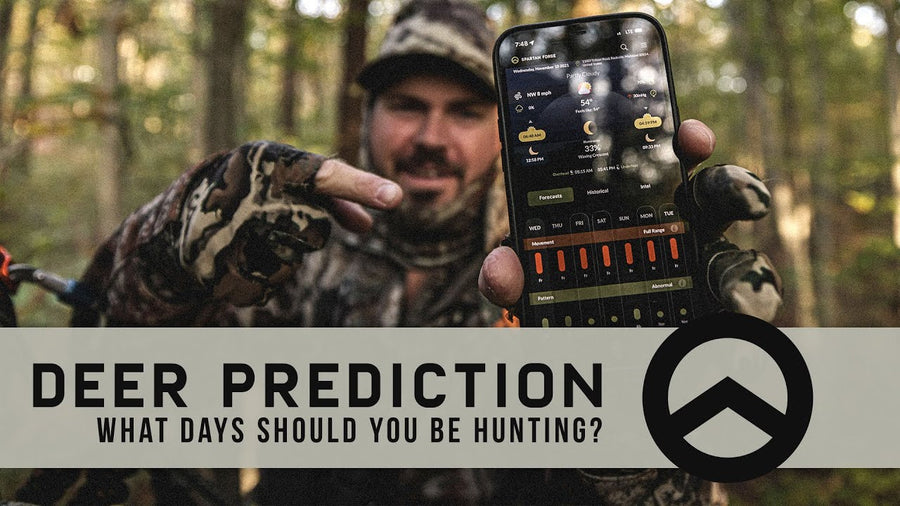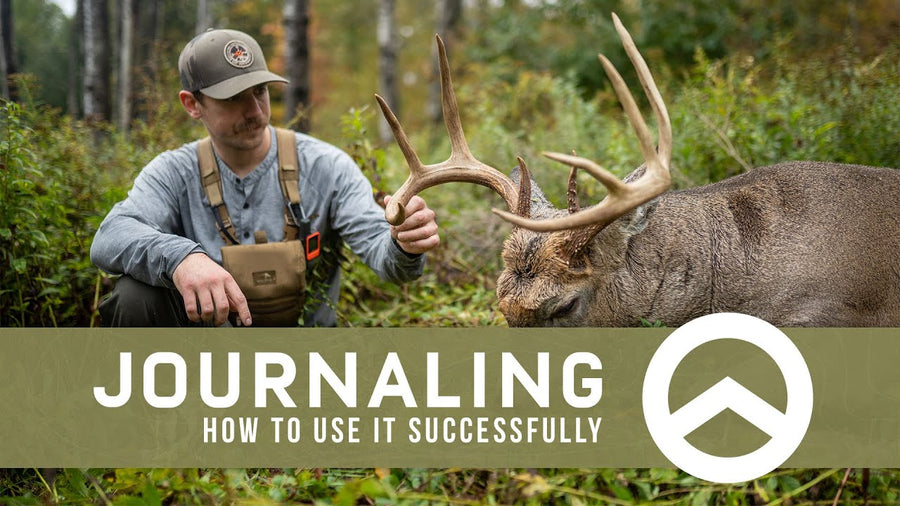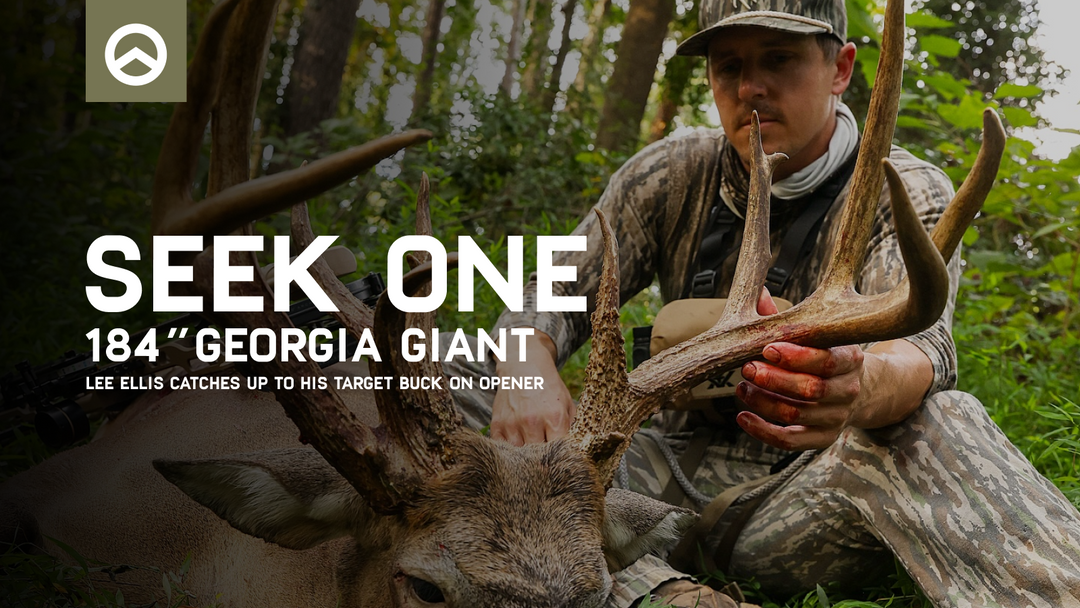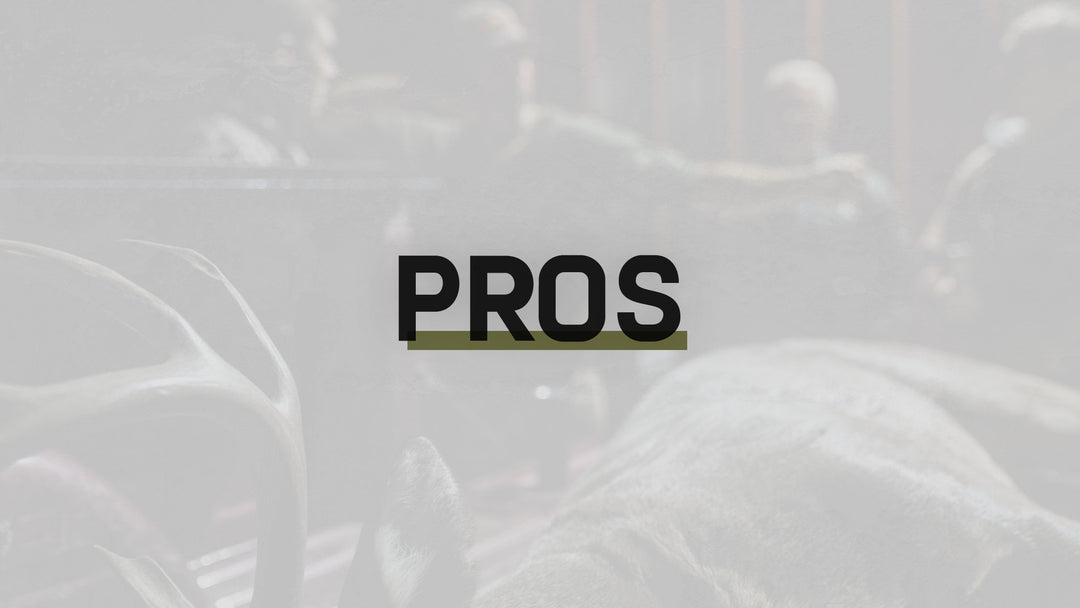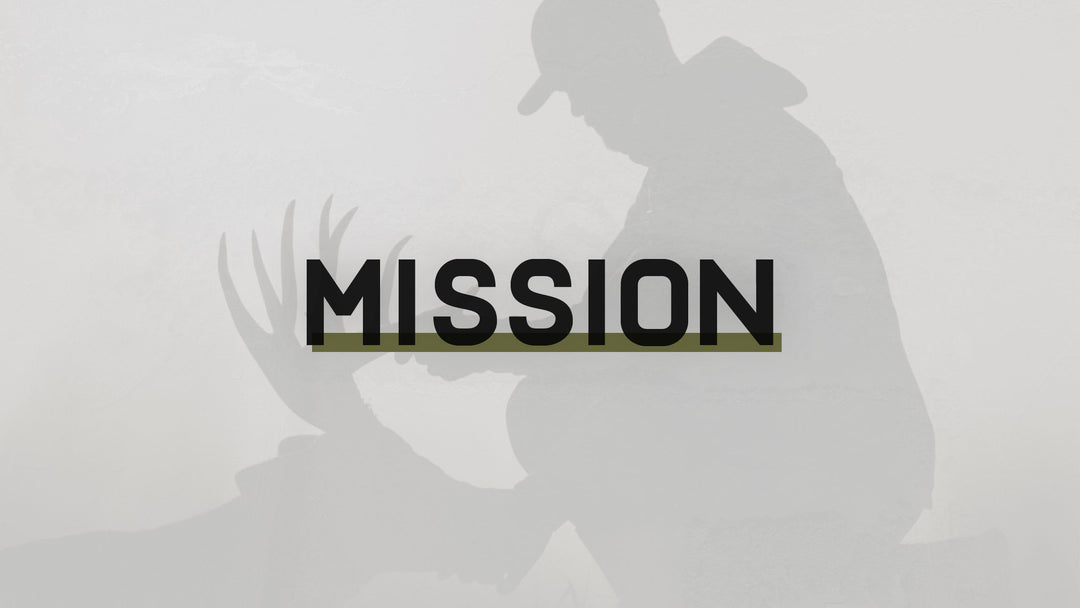The Importance of Post-Season Scouting
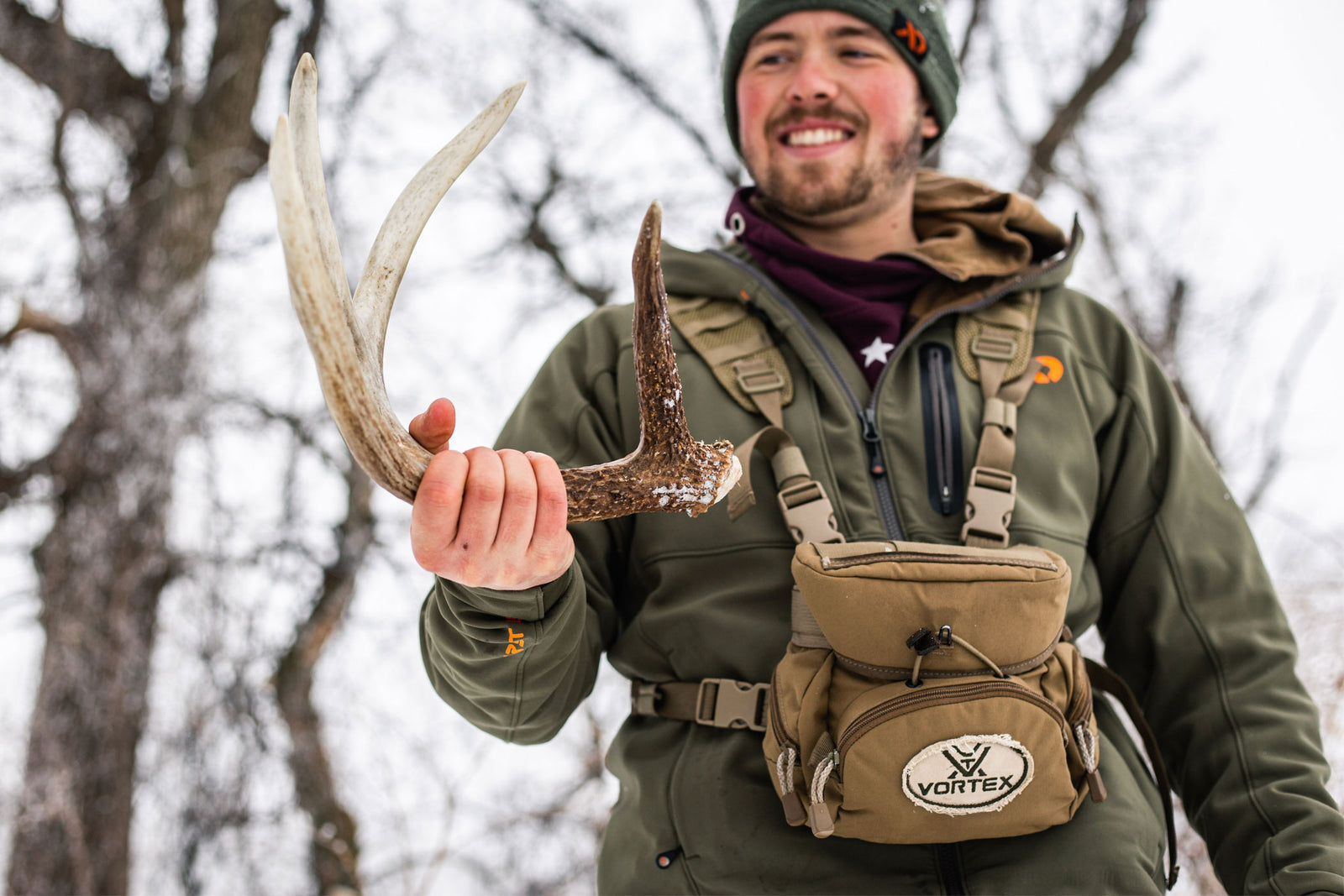
So, the season’s over. For some, it’s a welcome end to a hard-fought Fall of restless nights, missed opportunities, and aching bodies in need of recovery. For others, it marks the end of a successful season of filled tags, high fives, and grip-and-grins that catapulted social media followings into Influencer status. Not all seasons are created equal, as is evidenced by the fact that the same hunter can tag out one year, then stir those same tags in a warm bowl of Campbell’s the next. So, what is it that separates a successful season from one filled with hard lessons learned? Normally, if you ask a question to 10 different hunters, you’ll get 10 different answers. However, this question brings a consensus among most. The answer lies in the preparation. Read enough articles and listen to enough podcasts, and you’ll see that most successful hunters agree that a successful season is completely built upon solid prep work.
Start Early
Although there are countless details to discuss in regards to season prep, it all starts with post-season scouting. It’s the first step in preparing for a successful season. While many hunters are ready to hang up their boots until Summer - or even the early season - there are a few key reasons we all need to be prepared to get back out there not long after the season’s end.
For one, everything we observed during the season is fresh on our minds. Scrapes and rubs, heavy trails, big tracks, bedding areas, terrain features, food and water sources - all these things combine to create a picture of how the deer use a given property. You may think you’ll remember it all next season, but that kind of thinking is what will leave you saying, “Now, was it this ridge or that ridge that deer were funneling off of in October of last year?” I’ve been there. Too many times. It just doesn’t work. Life throws too much at us for our memories to serve us that well. We need to get out there while our minds are fresh, so that we can answer some of the why’s from the past season.

Always Ask “Why?"
Any good hunter is always going to ask “Why?” Why did that deer bed on the East side of ridge A today, but the South side of ridge B three days ago? Why are the deer funneling across the creek right there? Why am I getting multiple trail cam pics of a buck walking the same direction, but only on certain days? We have to ask questions to get answers. Otherwise, we’re just guessing. But we have to ask the right questions to get the right answers. And the time to get many of those questions answered is early in the post-season.
Bedding
For many hunters - myself included - many of the answers we’re looking for revolve around bedding. Bedding is seen as sacred ground in the whitetail woods. While some try to get in tight, many try to stay as far away as possible. For both groups, especially those who stay away, the post-season is the one time we can traipse through entire bedding areas, learning as much as possible about how deer use them. How do they enter and exit? What winds work best for certain beds? What were they feeding on that allowed them to stay there all day? How do our assumptions compare with what we found? These are the types of answers we’re able to get during this time of year without consequence. It may seem counterintuitive, but this early in the year, spreading your scent or even bumping deer out of their beds won’t affect anything for next season. Barring any major changes to the landscape or an increase in pressure, those deer - or others - will be back in that bedding area and using the same trails next season.
If you do happen to bump a bedded deer - specifically a mature buck - make sure to take note of the conditions. The wind, barometric pressure, moon phase (if you’re a moon guy or gal), nearby food sources, etc. It will all help you to come up with a specific game plan for next year’s late-season, when getting on deer can be a challenge.
Rutting Behavior
The post-season is also a great time to learn how bucks were using the area during the Pre-Rut and Rut. October isn’t the right time to barrel through the woods following a rub line all the way back to where it starts because it often leads back to a buck’s bedroom. The post-season, however, offers the opportunity to follow them wherever they lead to see where a buck was/is bedding, and where he was traveling while marking his routes through rubs and scrapes. This intel can drastically increase your odds for a successful October/November. During the early post-season, recently active scrapes are easy to see, and rubs from the previous season are much easier to distinguish from rubs created during prior seasons. As the year progresses into Summer, those trees have had time to partially heal, changing the look and color of the rubs. This can make it harder to distinguish a one-year-old rub from a two-year-old rub, even for experienced eyes.
Late-Season Strategy
Even though much of what we find during post-season scouting is going to help us begin to strategize for all parts of next season, the freshest sign will give us a better understanding of how to plan for next year’s late season. After all, what the deer are doing directly after the season’s end is what they were doing at the tail end of the season. If you’re hunting pressured land, you may come across where the deer fled to for security. It’s the same place they’re likely to end up next year as well. If you come across a food source they’re hitting during January, February, or early March, that’s likely where they were feeding while trying to replenish the calories that they lost during the rut, when natural vegetation and mast crops were hard to come by. So, it’s important that we remember that tagging a deer during late-season - even a doe - may be completely dependent on the info we gather during the early post-season.

365-Day Deer Hunting
Successful deer hunting really is an all-year endeavor. Sure, a hunter can put in minimal effort just before the season and tag a deer. But consistent success, especially with mature bucks, requires a 12-month approach, and it starts not long after the season ends. So, get out there now and start strategizing for next season. You’ll be glad you did when you fill that first tag.
Written by Alex Killman at Southeastern Bowhunting
